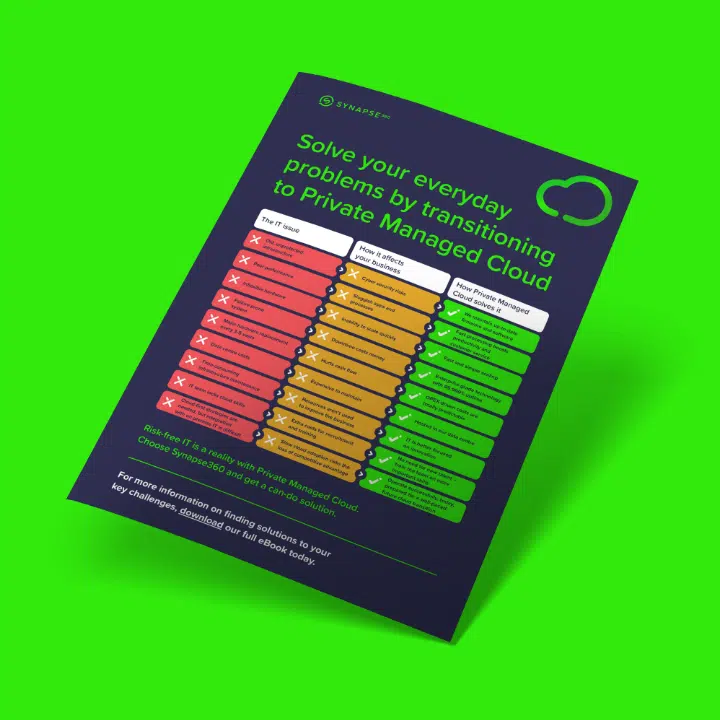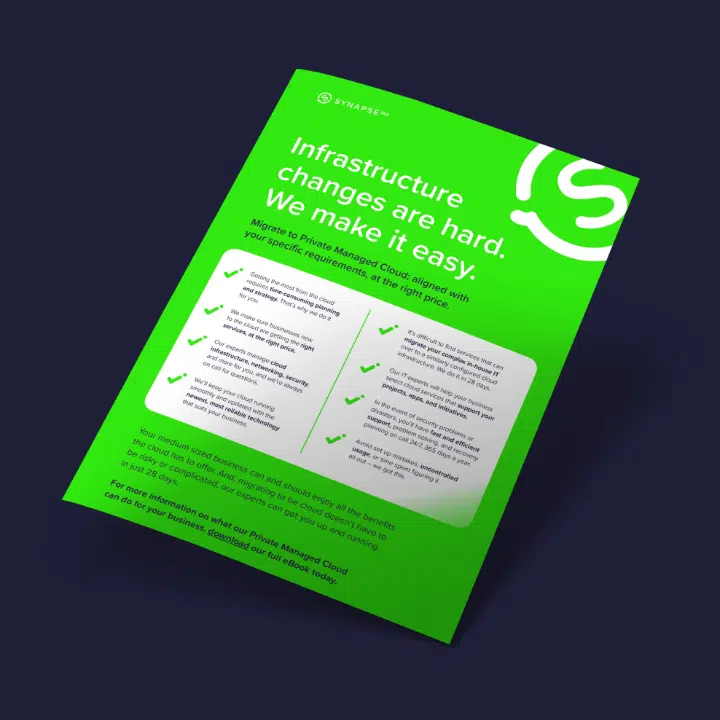As of January 1st, Microsoft announced that customers will no longer be able to renew their cloud Enterprise Agreements (EAs) under the existing framework. While this may seem like a minor update, it signals a major shift in how Microsoft plans to structure its licensing in the future. With a focus around a stronger emphasis on cloud technology, providing businesses with greater flexibility when managing their software and services.
Saying Goodbye to Traditional Enterprise Agreements
For years, the Enterprise Agreement (EA) has been the preferred choice organisations acquiring Microsoft software and services. Its enabled businesses to secure licences for Microsoft products via fixed term contracts, usually around three years. This model was an essential component for IT departments, offering a predictable and centralised way to licence management.
However, as technology has evolved—particularly in the fields of cloud services and artificial intelligence (AI)—the traditional EA model is increasingly becoming outdated. 2025 is a digital-first environment, where cloud services are taking priority, and AI-driven capabilities are changing business operations. Due to this Microsoft has taken the decision to adapt its licensing approach to be a better fit for modern enterprises.
The move towards a cloud-centric licensing framework is part of a wider industry trend that prioritises scalable and flexible licensing models. The focus is no longer on purchasing software, but on building an adaptable ecosystem that facilitates cloud adoption and drives digital transformation with Microsoft responding directly to growing demand.
Preparing for the Change
To ensure a smooth transition, businesses should take immediate action to prepare for these changes. Here’s a checklist of what to prioritise:
- Review Your Current Licensing Structure: Understand how your existing licensing setup will transition under the new system.
- Engage with Microsoft Partners: Speak with Managed Service Providers (MSPs) to understand the potential impacts of the changes on your organisation.
- Plan for Budget Adjustments: Forecast any potential changes in costs, and make sure your finances are prepared.
- Conduct Technical Assessments: Assess the technical infrastructure required to support the transition.
Don’t Navigate the Transition Alone
The changes to Microsoft’s licensing system in 2025 are significant, and it’s essential that your organisation is fully prepared. To ensure the process is as smooth as possible, consider partnering with experts who can guide you through the transition.
At Synapse360, our specialists have helped numerous organisations navigate complex Microsoft licensing transitions. We can assist you in evaluating your licensing landscape, optimising costs, and managing them on your behalf, relieving you of the complexities of licensing so that you can focus on more critical tasks.
Don’t forget to download our free handy checklist to get you started! Click here to start your download


